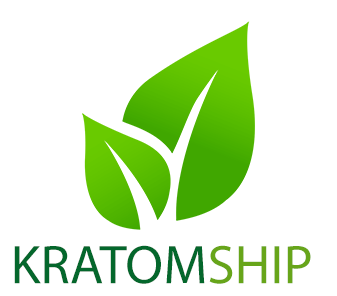Introduction
Kratom is a tropical tree native to Southeast Asia, and its leaves have been used for centuries as a traditional medicine. In recent years, there has been growing interest in the potential of kratom as a treatment for opioid addiction. Opioid addiction is a severe and widespread problem that has led to a public health crisis in many countries. This article explores the potential of kratom as an effective treatment for opioid addiction.
The Mechanism of Action
Kratom contains active compounds called alkaloids, with mitragynine and 7-hydroxymitragynine being the primary ones. These alkaloids interact with opioid receptors in the brain, producing both stimulant and opioid-like effects. This interaction can alleviate withdrawal symptoms and reduce cravings associated with opioid addiction. However, the precise mechanisms by which kratom affects the brain and mitigates addiction are not yet fully understood.
Empirical Evidence
While anecdotal reports suggest that some individuals have successfully used kratom to overcome opioid addiction, scientific research on its effectiveness and safety is limited. Several small-scale studies have shown promising results, with individuals reporting decreased cravings and withdrawal symptoms after using kratom. However, larger and more rigorous clinical trials are needed to establish its efficacy and safety as a treatment for opioid addiction.
Potential Benefits
Kratom has the potential to offer several benefits as an alternative treatment for opioid addiction. Unlike opioids, kratom does not cause respiratory depression, which is a leading cause of overdose deaths. Additionally, kratom is considered to have a lower risk of dependence and abuse compared to traditional opioids. These factors make kratom an attractive option for individuals seeking a way to manage their opioid addiction without the same level of risk.
Potential Risks and Concerns
While kratom shows promise, there are also risks and concerns associated with its use. Kratom can cause side effects such as nausea, constipation, dizziness, and sedation. Prolonged and high-dose use of kratom may lead to dependence and withdrawal symptoms. Furthermore, the regulation and quality control of kratom products are currently insufficient, which increases the risk of adulterated or contaminated products entering the market.
Legal and Regulatory Status
The legal status of kratom varies across different countries and jurisdictions. In some places, kratom is classified as a controlled substance, while in others, it is legal or unregulated. The lack of consistent regulation makes it challenging to ensure product quality and safety. It is essential for policymakers to carefully consider the potential benefits and risks associated with kratom and develop appropriate regulations to protect public health.
Conclusion
Kratom holds promise as a potential treatment for opioid addiction, but more research is needed to establish its efficacy, safety, and optimal dosing regimens. It may offer benefits such as reduced cravings and withdrawal symptoms while posing a lower risk of respiratory depression and overdose. However, potential risks, including side effects, dependence, and the lack of quality control, must also be considered. With further scientific investigation and regulatory measures, kratom could potentially become a valuable tool in addressing the opioid addiction crisis.


